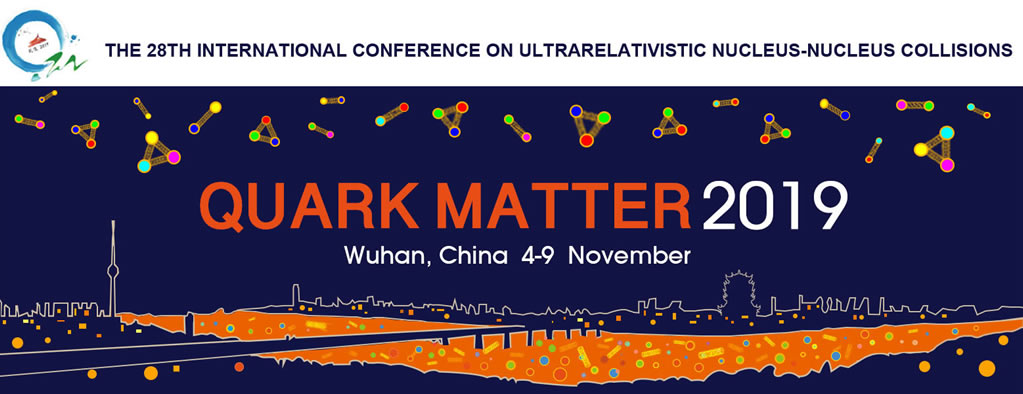Speaker
Description
The Quark Gluon Plasma (QGP) is a state of matter at extremely high energy density, where the quark and gluon constituents of nucleons become deconfined. Although there is strong evidence at RHIC and the LHC that the QGP is created in A+A collisions, it was initially assumed to be absent in smaller systems, such as p+p and p+A collisions. However, the observation of flow-like correlations in such collisions at the LHC and RHIC has made the existence of the QGP in small systems an open question. High momentum partons produced at early stages of heavy ion collisions generate collimated sprays of hadrons called \textit{jets}. These partons lose energy when passing through the medium. This effect, usually referred to as \textit{jet quenching}, is well established as a probe of the existence and properties of the QGP.
In this analysis, we aim to investigate p+Au collisions at $\sqrt{s_{\mathrm{NN}}}=200$ GeV at STAR for possible evidence of jet quenching by studying the binary-scaled inclusive jet yield. Measurements for both full (charged + neutral) and charged jets will be presented. We will present preliminary results on jet spectra along with our analysis process, and compare the jet yields in different backward (Au-going direction) event activity bins. Progress on our simulation procedures will be shown, including the Glauber model calculation and detector response simulations. Progress towards the resultant nuclear modification factor $R_{\mathrm{pAu}}$, after we scale with the average number of binary nucleon collisions from the Glauber model calculation, will also be discussed.
